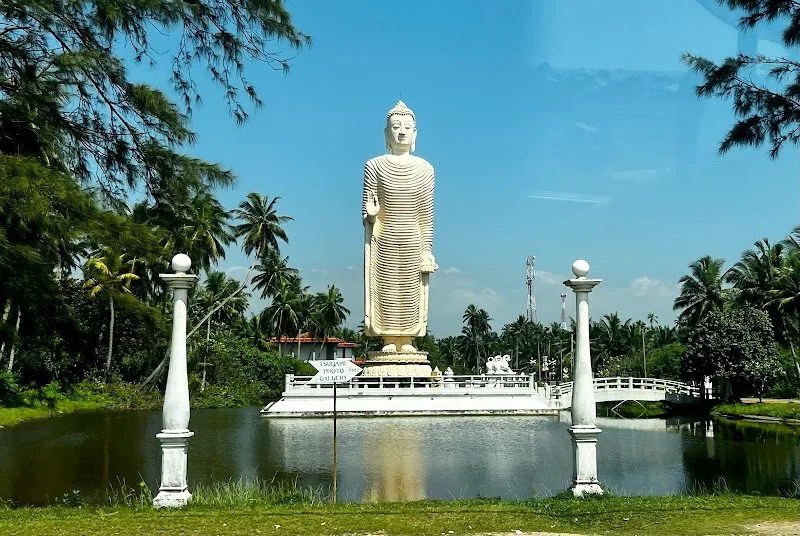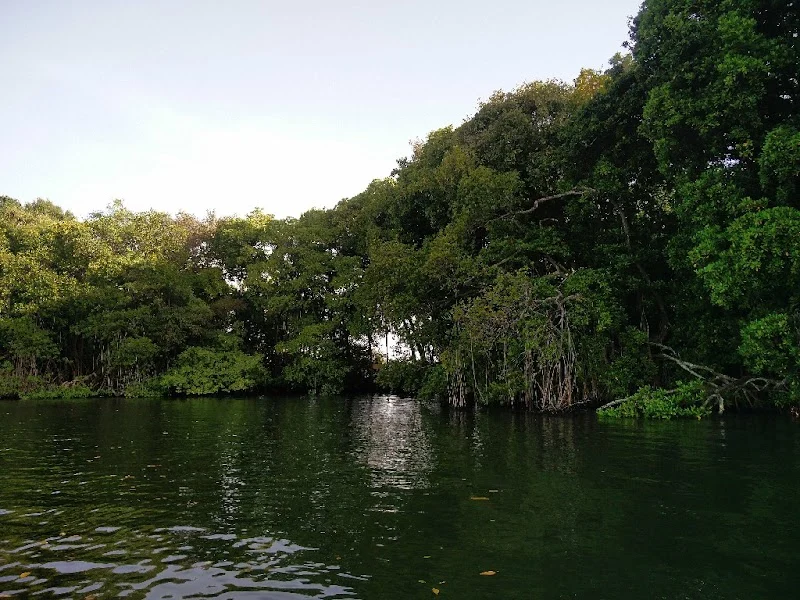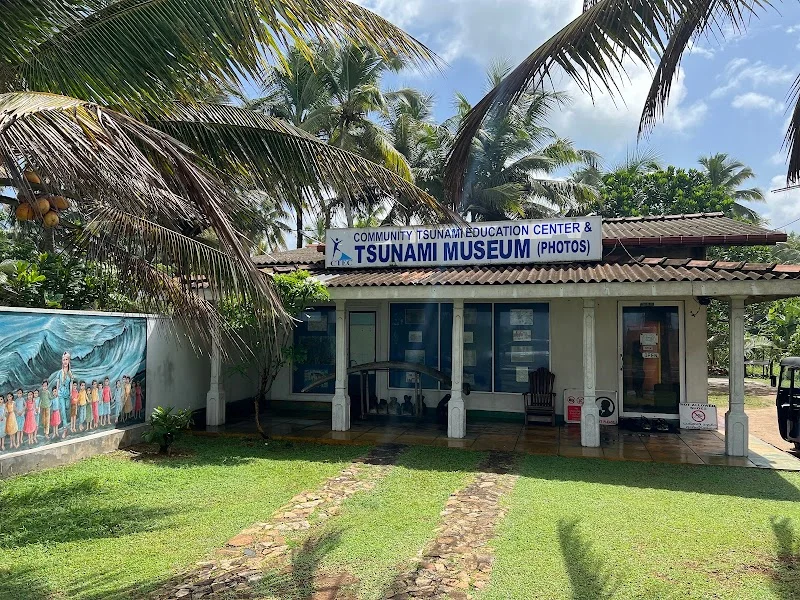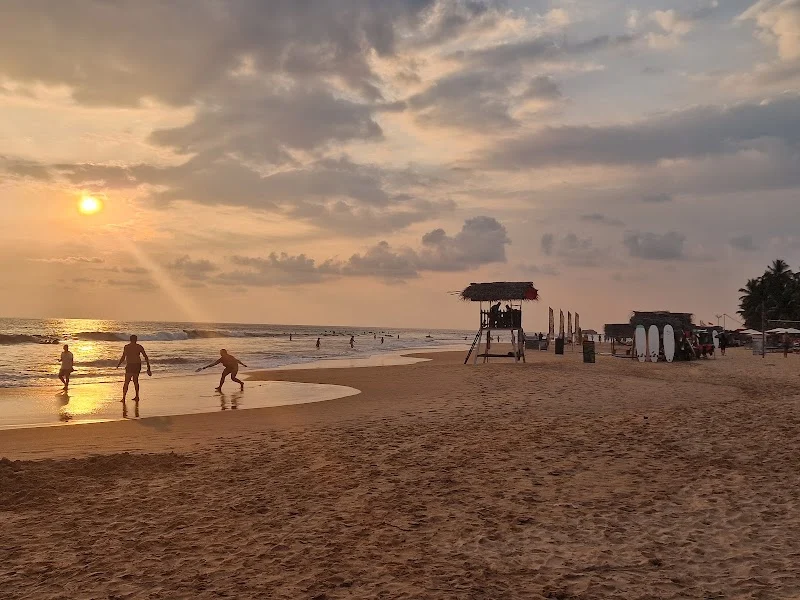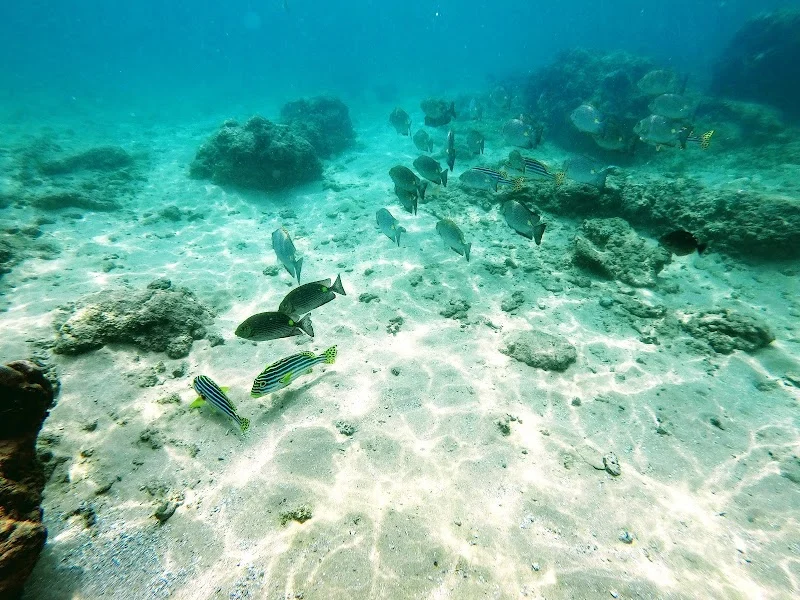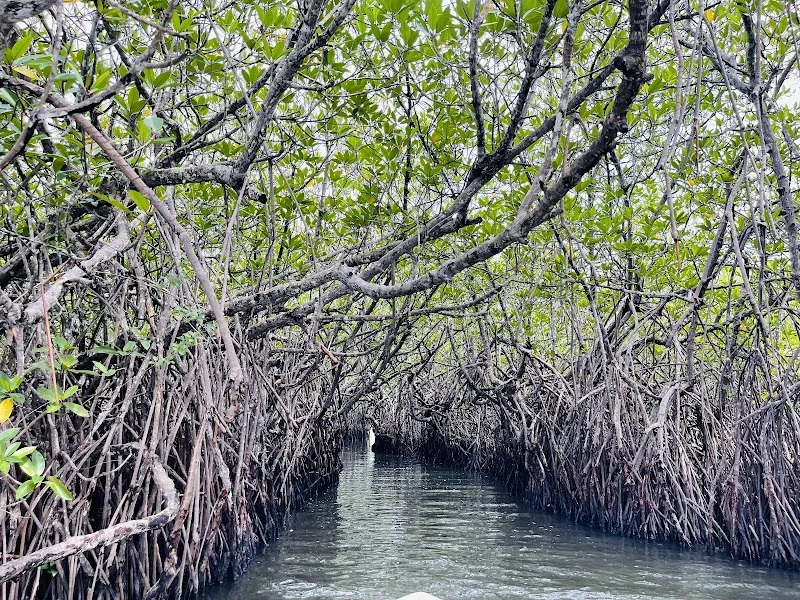Top sights in Hikkaduwa
...
Tsunami Honganji Viharaya is dedicated to the lives lost in the 2004 tsunami.
Rathgama Lake is a brackish coastal lagoon, renowned for its rich ecosystem.
Tsunami Museum in Hikkaduwa is dedicated to the memories of the 2004 Indian Ocean tsunami.
Hikkaduwa Beach is a picturesque coastline known for its golden sands and vibrant coral reefs.
Hikkaduwa Marine National Park, also known as Hikkaduwa Coral Reef, is one of the three marine national parks in Sri Lanka.
Madu Ganga National Ramsar Wetland is a coastal wetland formed by the Madu Ganga, located in Balapitiya on the southwestern coast of Sri Lanka.
Loading...
